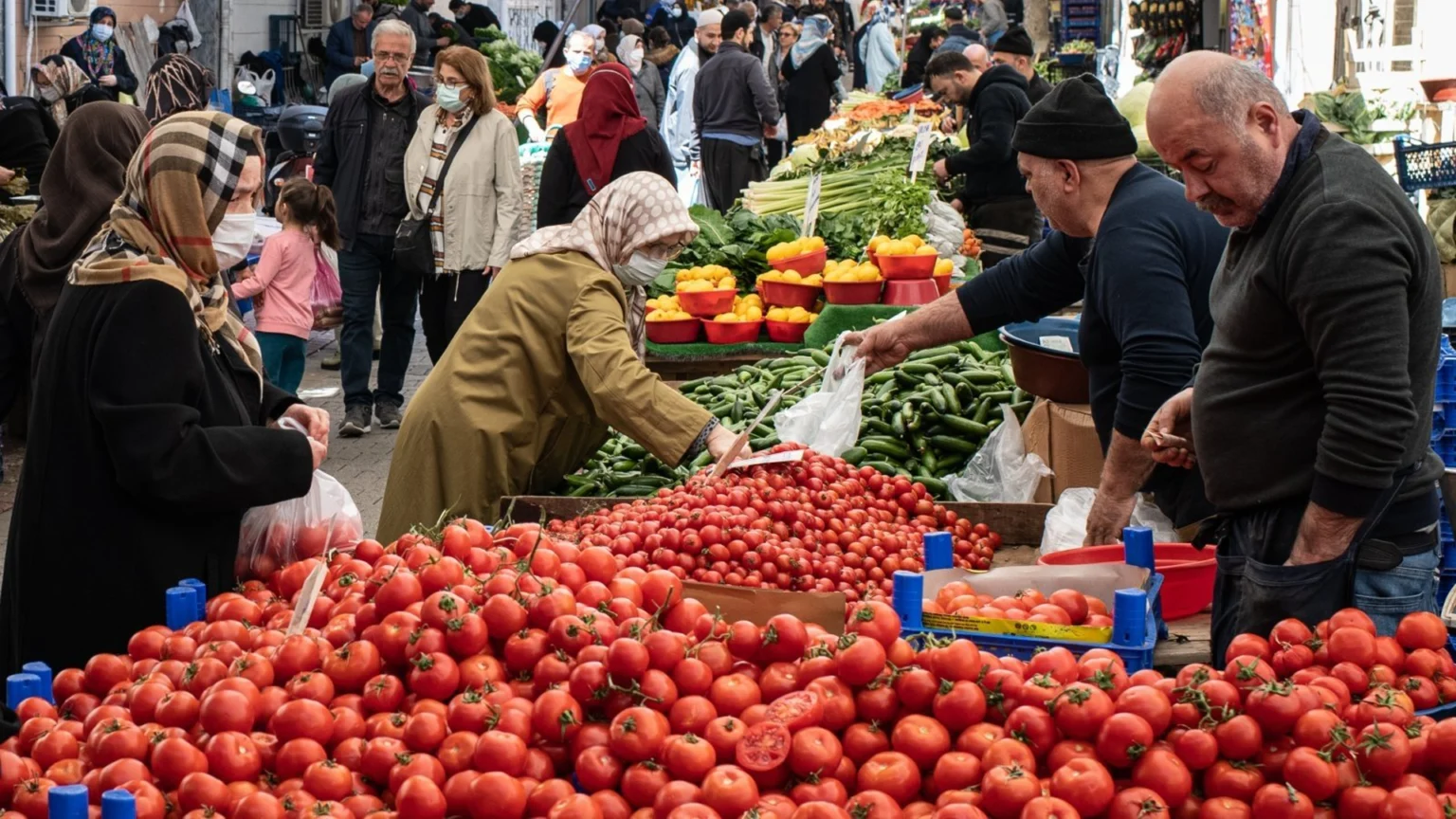Turkey is experiencing a staggering inflation rate of 35% as of June 2025, placing it far above all other members of the Organisation for Economic Co-operation and Development (OECD). According to the latest OECD data, Turkey’s food inflation alone stands at an alarming 40.6%, while no other OECD country reports food inflation exceeding 5%.
| Turkey leads OECD countries by a wide margin in food inflation |
|---|
 |
| Turkey leads OECD countries by a wide margin in food inflation |
The OECD is an international organization of 38 mostly high-income countries, including many Western nations, that collaborate on economic policies and share statistical data. However, Turkey’s economy differs significantly from many other OECD countries, as it is classified as an emerging market with more volatile inflation rates, exchange rates, and economic growth patterns. While most OECD members enjoy relatively stable inflation and advanced economic structures, an inflation rate of 15% is considered to be on the lower end in Turkey.
In June 2025, Turkey’s overall inflation hit 35%, the highest among the OECD member states. Meanwhile, the average inflation rate across the OECD rose modestly from 4% to 4.2%, with no other country surpassing 5%. Countries with the lowest inflation included Costa Rica at -0.2% (deflation), Switzerland at 0.1%, and Finland at 0.2%.
The OECD’s report noted inflation increases in 21 out of 38 member countries. The Czech Republic, Estonia, and Sweden saw inflation rise by 0.5 percentage points, while inflation declined in seven countries and remained stable in ten.
 |
| Turkey leads OECD countries by a wide margin in food inflation |
G7 and eurozone inflation trends
In the group of seven largest advanced economies (G7), inflation edged up from 2.4% in May to 2.6% in June. The largest increases, of 0.3 percentage points, were seen in France and the United States. France’s rise was driven by higher service costs, whereas in the U.S., food inflation was a key factor.
In the eurozone—a monetary union of 20 European countries using the euro—annual inflation measured by the Harmonised Index of Consumer Prices (HICP) rose slightly from 1.9% in May to 2% in June. Eurostat, the EU’s statistical office, estimates inflation remained steady in July 2025.

A stark divide in food and energy inflation
Turkey’s food inflation rate dwarfs that of its OECD peers. While food prices across the OECD remained relatively stable at an average of 4.6%, Turkey’s food inflation soared to 40.6%. This contrast underscores the severity of Turkey’s cost-of-living crisis. Food inflation increased in 21 OECD countries, decreased in 12, and remained largely unchanged in the rest.
Energy inflation tells a similar story. After two months of decline, energy inflation across the OECD returned to a modest positive level, just under 1%. Sixteen OECD countries continued to see falling energy costs. Turkey, however, reported energy inflation of 30.2%.
Medyascope'u destekle. Medyascope'a abone ol.
Medyascope’u senin desteğin ayakta tutuyor. Hiçbir patronun, siyasi çıkarın güdümünde değiliz; hangi haberi yapacağımıza biz karar veriyoruz. Tıklanma uğruna değil, kamu yararına çalışıyoruz. Bağımsız gazeteciliğin sürmesi, sitenin açık kalması ve herkesin doğru bilgiye erişebilmesi senin desteğinle mümkün.
Core inflation—which excludes volatile food and energy prices—stood at 4.5% on average for OECD countries but alarmingly high at 36.1% in Turkey.
Turkey among G20 peers
Looking at the broader group of G20 economies—which includes major emerging and developed countries—annual inflation was stable at 3.9% in June. China’s inflation remained near zero but saw some upward movement in headline inflation. Inflation rose in Indonesia and South Africa, fell in India, and was stable in Brazil and Saudi Arabia.
Argentina’s inflation rate, notoriously high in recent years, declined to 39.4%, still among the world’s highest. Turkey’s 35% inflation rate places it second only to Argentina among the G20 nations.
Turkey’s extraordinarily high inflation—especially in essential goods like food and energy—erodes purchasing power, increases living costs, and can fuel social unrest if wages and social safety nets fail to keep pace.














